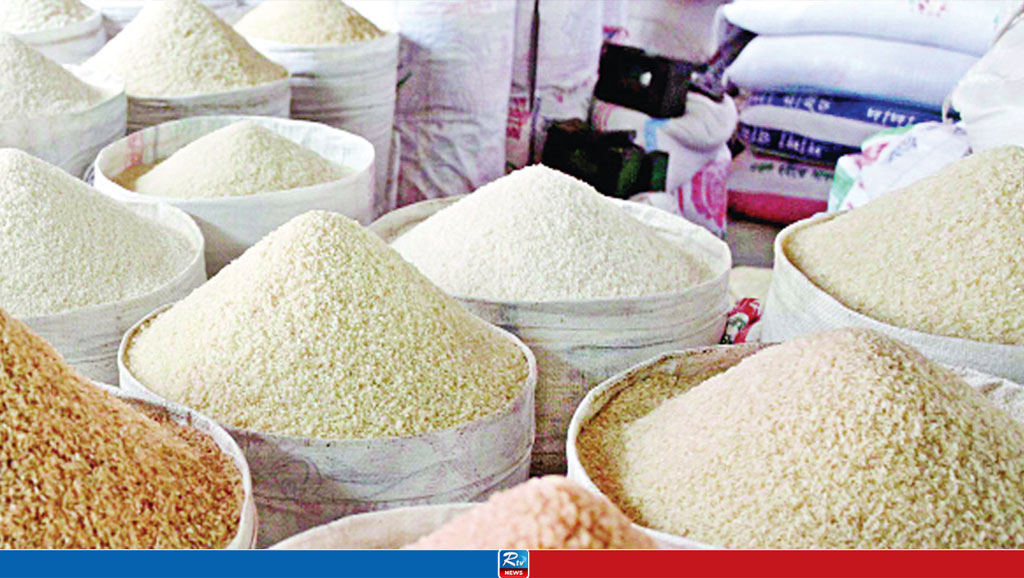The interim government has initiated efforts to ensure an alternative source of drinking water on Saint Martin Island instead of plastic bottled water.
Additionally, the island is set to enter the era of integrated waste management (Plasma Reactor) with electricity generation from waste.
According to a report published by Bangladesh News Agency (BSS) on Sunday, January 5, this initiative includes the use of environmentally friendly transport (Becoteg) to collect all waste on the island. Special cards, similar to ATM cards, will be used for residents to collect drinking water as per their needs.
This project, aimed at protecting the island's environment, ecosystem, and biodiversity, is being implemented with funding from the World Bank in cooperation with the Government of Bangladesh.
Environmentalists believe that once the project is implemented, the island will see reduced pollution, and the environment and marine biodiversity, including coral reefs, will be preserved.
According to the Cox's Bazar Public Health Engineering Department, approximately 8,000 people from 1,700 families on Saint Martin Island generate about two tons of human waste and two tons of solid waste daily.
During the tourist season, which lasts three months, 2,000 tourists generate waste in the form of 4,000 plastic bottles, chips, and other plastic-wrapped daily necessities. This waste has been posing a threat to the island's environment, ecosystem, and marine biodiversity.
To preserve the island's environment, the Public Health Engineering Department has undertaken a project to build a sewage sludge and solid waste management system. This project has been divided into two parts, and three contractor companies—Turn Builders, Green Dot Limited, and Water Birds Limited—have already been awarded the contract.
Assistant Engineer of the Cox's Bazar Public Health Engineering Department, Abul Manjur, stated that the project includes purifying rainwater, groundwater, and surface water to supply drinking water to the residents of Saint Martin Island. This will eliminate the need for plastic bottled water. However, the cost of providing this water will be collected from the consumers, who will be able to use a special card to take the water at a minimal charge.
The water quality will be tested in a special laboratory. Environmentally friendly operational buildings will be constructed without using bricks, cement, or iron rods, along with two international standard public toilets. Furthermore, an integrated waste management system (Plasma Reactor) will handle human waste, medical waste, solid waste, and plastic waste. This will be the second such waste-to-energy project in Bangladesh, with the country now ranked third in generating electricity from waste.
The pilot of this project was successfully launched in the Rohingya refugee camp in Ukhiya, Cox's Bazar. The project is expected to be completed by June.
Abul Manjur emphasized that this project will play an important role in maintaining the ecological balance of Saint Martin Island.
Nahid Al Hasan, Managing Director of Turn Builders, the contractor company, stated that they have received the work order and will resolve any transportation issues to start the work promptly.
H M Nazrul Islam, the organizational secretary of Bangladesh Environment Movement (BAPA) in Cox's Bazar, praised the government's initiative, stating that such a project is timely given the ongoing environmental destruction. He expressed hope that this eco-friendly project will be implemented quickly.
According to the Department of Environment and various environmental organizations, Saint Martin Island was declared an ecologically critical area in 1999. On January 4, 2023, the Ministry of Environment declared an area of 1,743 square kilometres in the Bay of Bengal surrounding Saint Martin as a protected area under the Wildlife Protection Act.
In August 2020, the government first took steps to regulate tourists on Saint Martin Island. The research agency, Center for Geographical Information Services (CEGIS), was tasked with conducting a survey, which concluded that allowing tourists to stay overnight on the island was inappropriate. During the winter tourist season, it was recommended that no more than 1,250 tourists be allowed to visit the island per day.
The current interim government has made various decisions to protect Saint Martin Island. According to these decisions, tourists can visit the island from November onwards, but they must return on the same day without staying overnight. In December and January, tourists are allowed to stay overnight, but the number is limited to 2,000 per day. From February, tourist travel to Saint Martin Island will be suspended. The tourist ferry service from Cox’s Bazar to Saint Martin Island began on November 1.









 Live Tv
Live Tv

